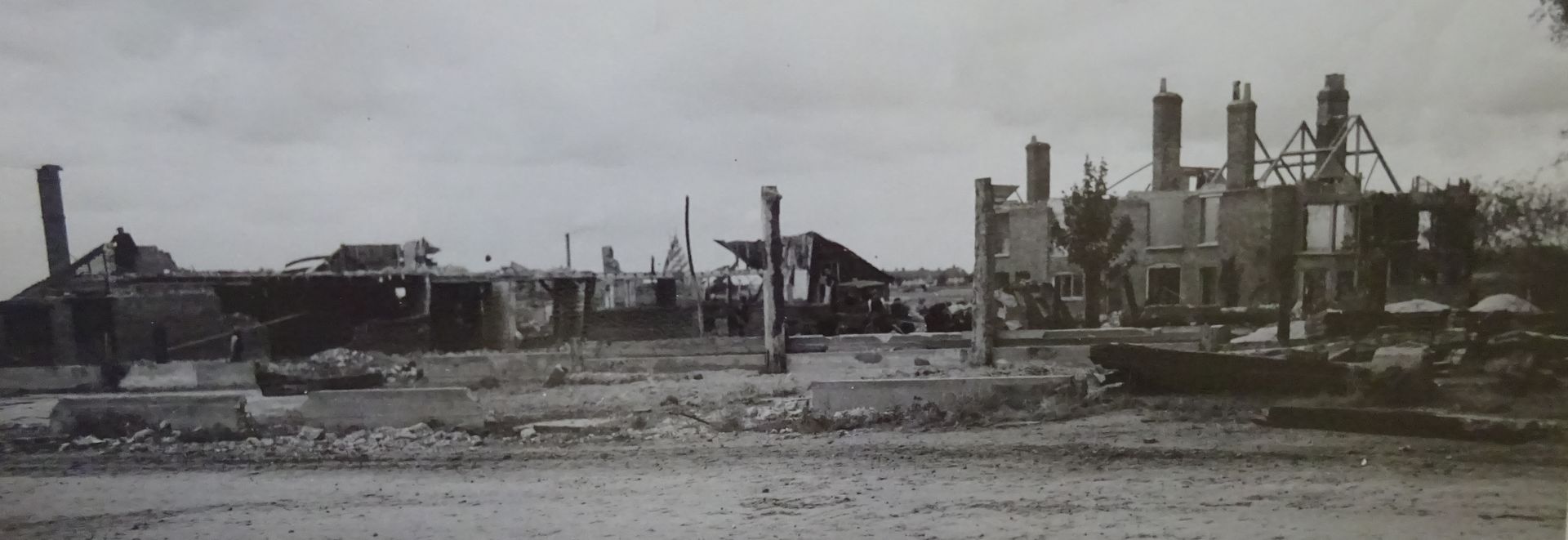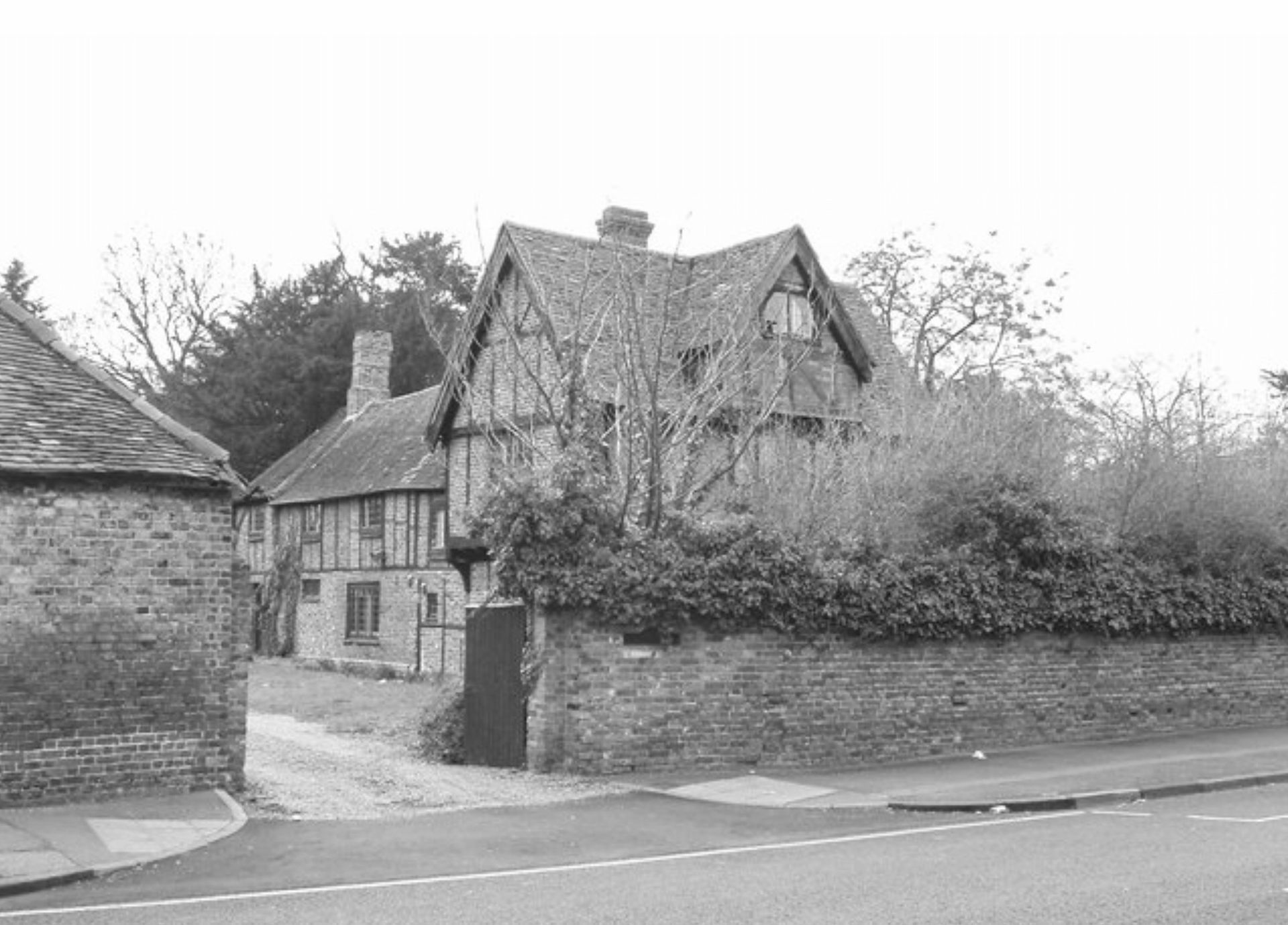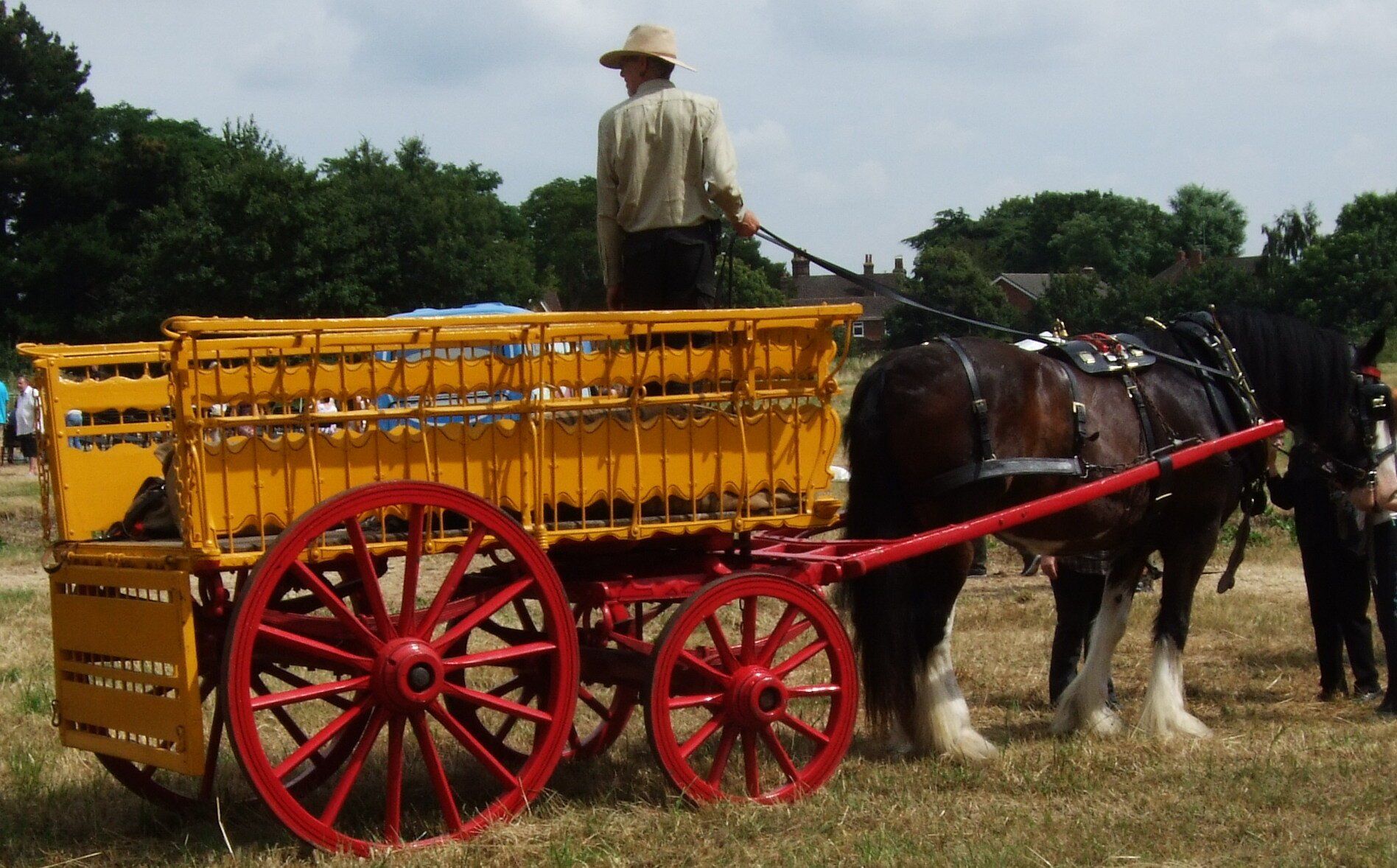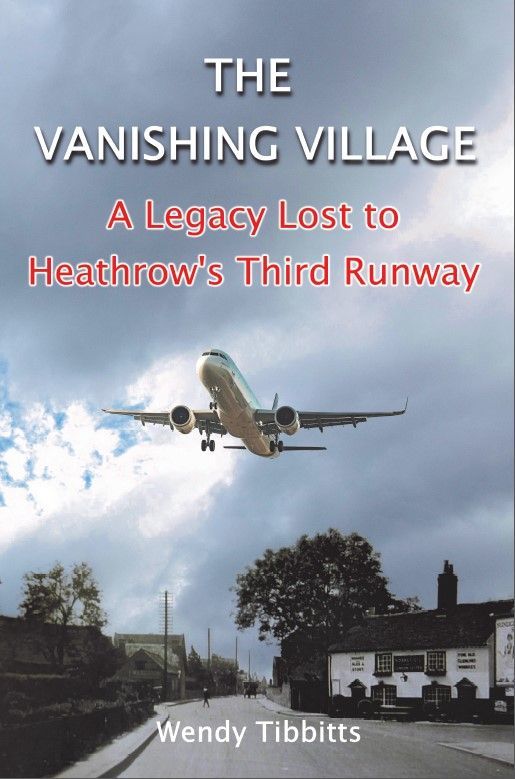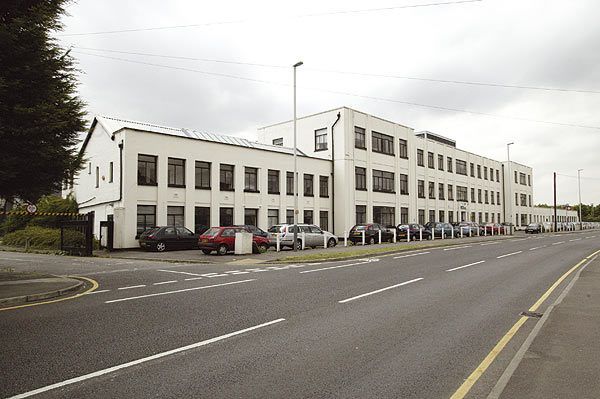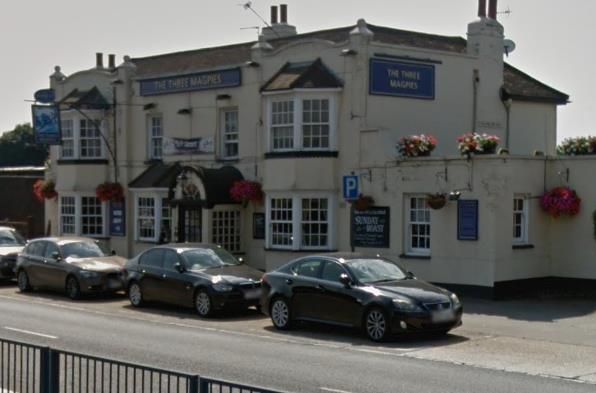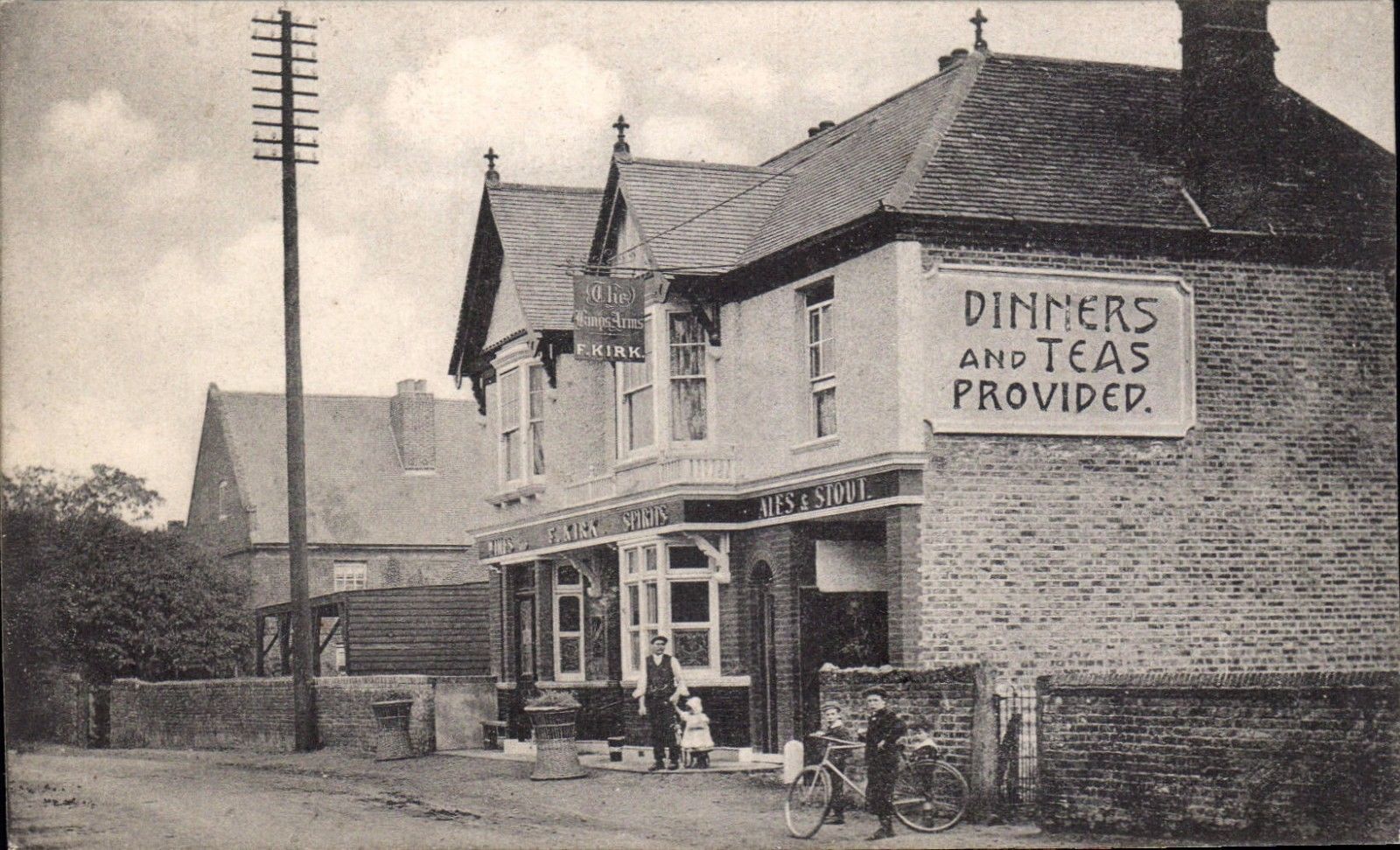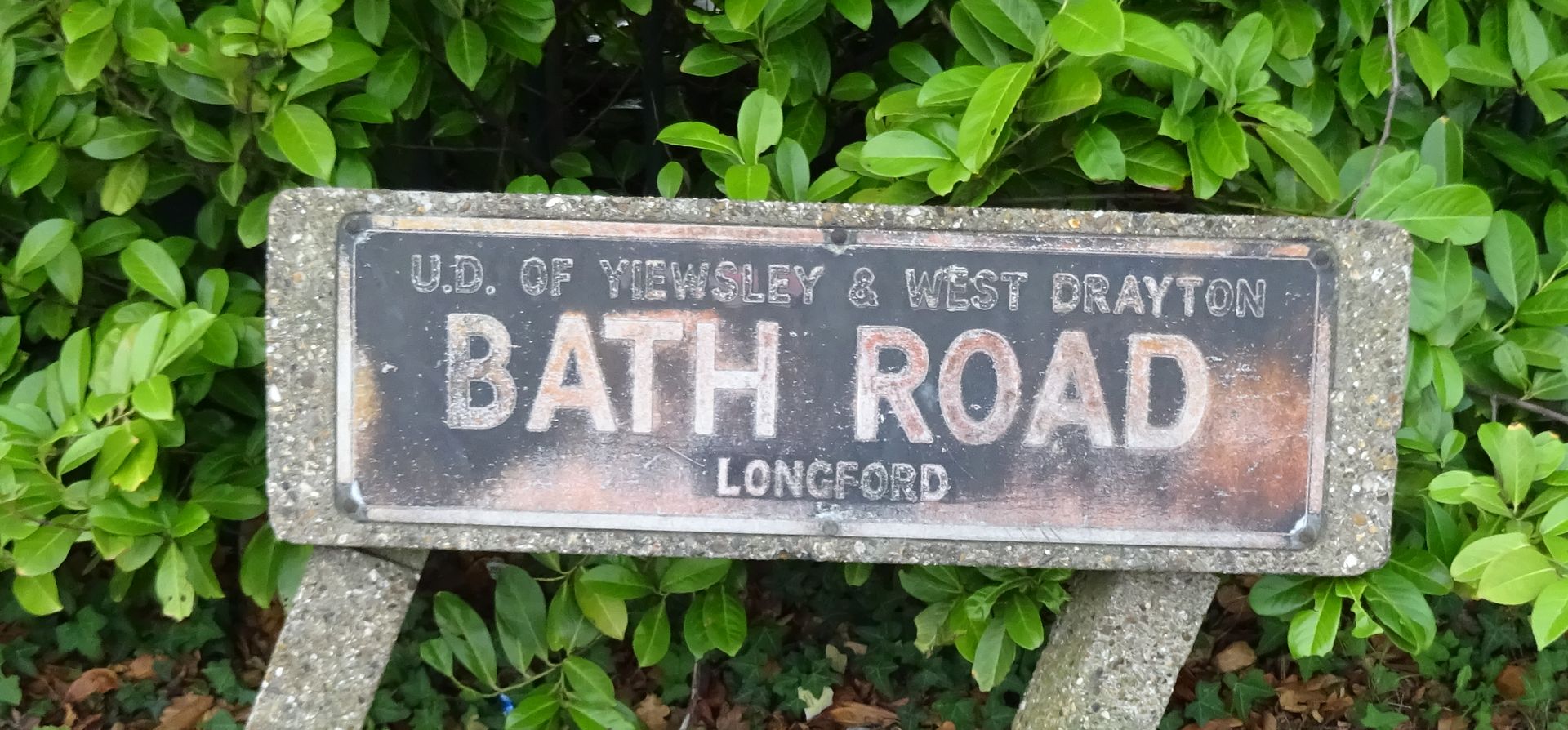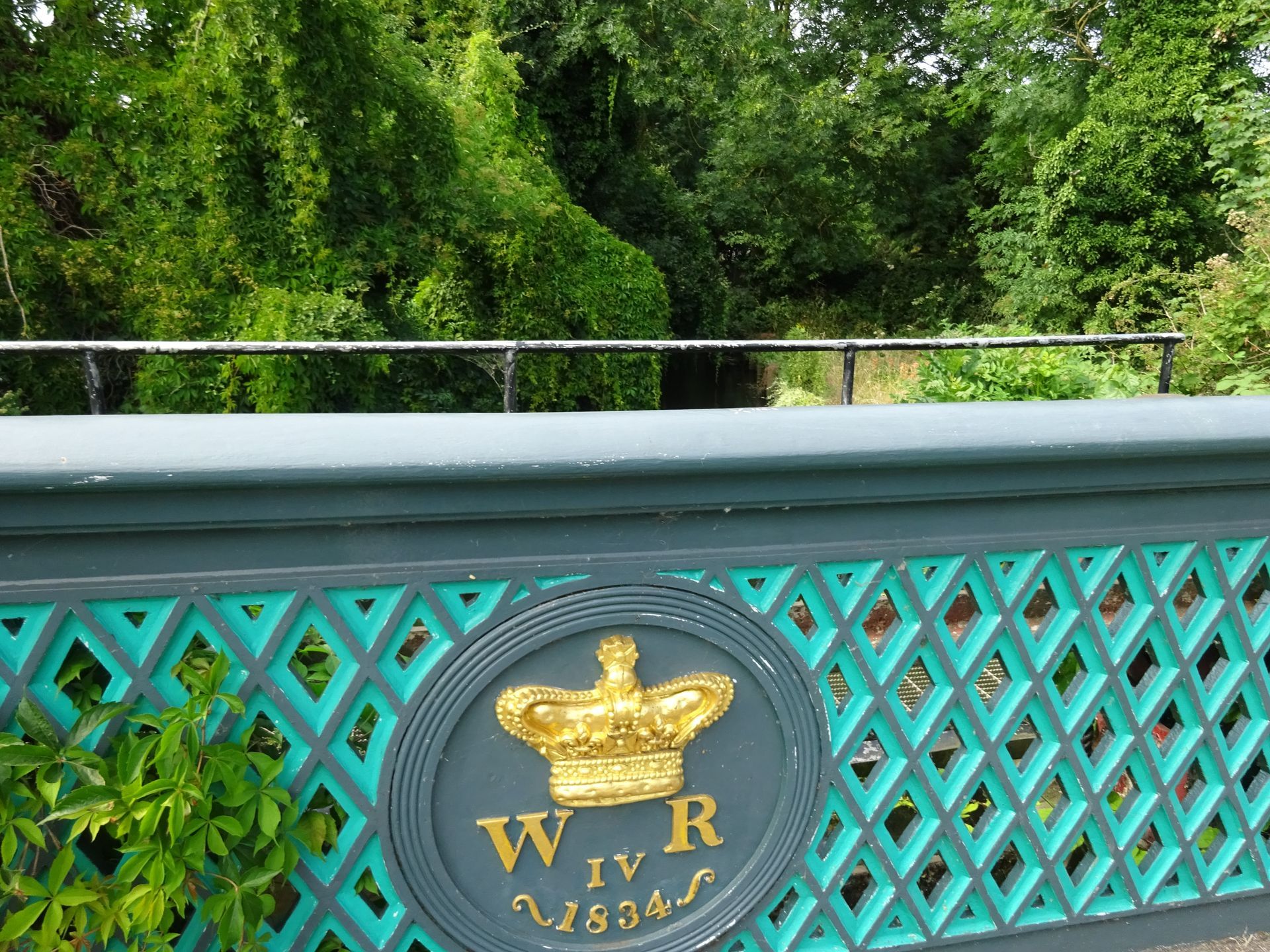Tales from Longford: The Strawberry Season
The village of Longford in West Middlesex will be demolished when the third runway at Heathrow airport is built
At first light, the front door of Zion Cottage opened on a glorious June morning in 1900. Mrs Clara Brain, dressed in a shawl and head scarf with a white apron over her long black skirt, walked towards The Farm in the centre of Longford. Even though it was 3am she were joined by a growing stream of similarly dressed women all moving in the same direction. The village was quiet as most residents had yet to begin their morning routine. When the women reached the field they replaced their white aprons with coarse hessian sacks, criss-crossed their shawls across their bodies, under their arms and tied them at the back. They pulled their long skirts up between their legs and hitched them into the front of the waistband. In the field, the boy from the village with his wooden rattle had been scaring the birds away since first light. He was pleased to have some company. The women immediately set to work. The foreman allocated a row of strawberry plants to each girl. He handed out wooden punnets and the girls picked the ripest fruit handling only the stem. The punnets were lined with a strawberry leaves before the fruit was laid gently on top. Later in the packing shed, each punnet would be weighed to make sure it weighed exactly a pound, then 36 punnets would be packed in a wooden crate and the lid nailed down. About sixty of these crates would be stacked ten-high on a lightweight yellow strawberry van that with one fast horse could travel the fifteen miles along the Bath Road to Covent Garden market in one and a half-hours. Strawberries with the dew still on them would sell at a premium price in the market.
Fruit was one of the main produce of the market gardens in West Middlesex in the nineteenth century, but there was often a glut. An enterprising farmer in nearby Sipson, Jonathon Smith, had started a Jam Factory there in the 1890s which would buy any farm surpluses. One of the main crops in mid-summer was strawberries. The berries ripened in the open fields where the strawberry plants were laid out in long rows and the plants packed with straw around them so that the slugs could not reach the ripe fruit. The strawberry-picking season was relatively short, but labour intensive, and because the plants were at ground level, back-breaking. The warm sun of mid-summer made the job easier, but in pouring rain it was unpleasant work. Women were regarded as the best pickers of strawberries because of their light touch and Longford had an army of women who would rise at dawn to pick them.
Clara Brain was born in Weston on the Green, Oxfordshire, in 1856. She and married the boy next door, West Brain, in 1889 when they were both 33 and moved to Longford before the end of the century. Her husband worked as an agricultural labourer for H.J. Wild the biggest employer in Longford. Most of the farmland is now under Heathrow airport, but the main farmhouse still survives as the Grade II listed Weekly House. West Brain was always known as Brother Brain because of his way of greeting people by calling them ‘brother’. He was a lifelong Baptist and never missed going to chapel every Sunday. His employer described him as a “salt of the earth”. West died in Longford at the age of 87. Clara worked in the fields at harvest times, but was mostly a housewife. She won prizes for her bread and pastry-making in local produce shows. She died in Longford aged 90 in 1947.
My book,
Longford:
A Village in Limbo, tells the remarkable story of the village.
For a “Look Inside” option for this book go to https://b2l.bz/WUf9dc
